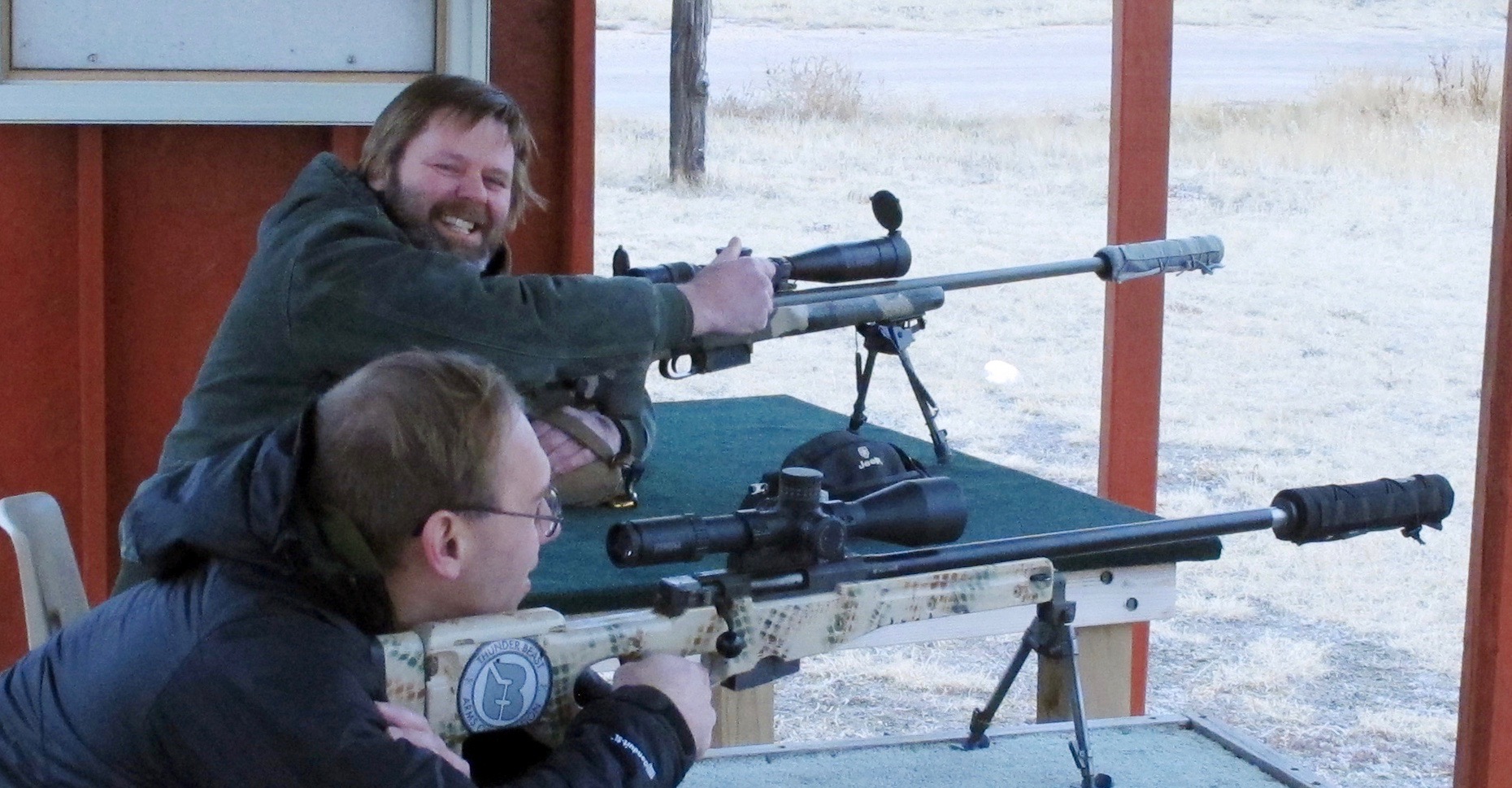Just days before the disgraced doctor Henry Bello shot seven of his former coworkers at Bronx-Lebanon Hospital Center in New York City, the 45-year-old visited a gun dealer in the upstate city of Schenectady. He passed a background check, and walked out of Upstate Guns and Ammo armed with an AM-15 semiautomatic rifle and three magazines with a capacity of 10 rounds each.
Bello’s choice of armaments was limited by New York’s SAFE Act, which imposes some of the strictest limits on assault-style weapon and magazine sales in the country. Those restrictions did not stop the gunman from obtaining a firearm that is substantially similar to the AR-15, the rifle most associated with rampage shootings. They did not stop a determined gunman from terrorizing a hospital. But the part of the act that prohibits the sale of magazines that hold more than 10 rounds may have prevented the attack from exacting a greater toll.
The SAFE Act was passed by the New York State Legislature in early 2013 in reaction to the massacre at Sandy Hook Elementary School in Newtown, Connecticut, in which a gunman killed 20 children and six adults. The law created restrictions on a new class of assault weapons, banning their sale, and required existing weapons to be registered with the state. The law defined an assault weapon as a semiautomatic rifle capable of accepting a detachable magazine and with any one of several features, including a folding or telescoping shoulder stock or pistol grip. It also categorized certain models of shotgun and pistol assault weapons, and banned dozens of models by name, including the AR-15.
Critics of the SAFE Act argue that many of its restrictions target cosmetic features of rifles. The AM-15 is functionally similar to the typical AR-15, but lacks a pistol grip or flash suppressor. Both rifles fire the same .223 rifle round.
Restrictions on magazine limits get less notice than bans of assault rifle models and features, but ultimately may prove more effective in limiting the death toll of a mass shooting.
The assailant who killed 49 people at an Orlando nightclub last year was armed with a rifle that held a 30-round magazine. The magazine loaded into Bello’s gun was empty after 10 shots. He never reloaded, police said.
It is impossible to say, of course, whether there would have been more casualties if the gunman’s weapon was loaded with more bullets. But a 2004 study for the National Institute of Justice concluded that large-capacity magazines are “the most functionally important feature of many [assault weapons].” They’re also popular with killers. In 2013, when Mother Jones investigated the weapons used in 62 mass shootings, it found that half involved magazines capable of holding 10 or more rounds.
Advocates of limits on high-capacity magazines point to the 2011 mass shooting in Tucson, Arizona, as a real-world illustration of that policy’s potential to save lives. The killer, Jared Loughner stopped firing his Glock pistol only when his extended 33-round magazine was exhausted. When Loughner tried to reload, he dropped the next magazine. In the subsequent confusion, several civilians, none of whom were armed, tackled the disturbed young man, who was arrested, unlike most mass shooters.
“It makes far more sense to focus on high-capacity magazines than assault rifles,” the gun-policy expert Adam Winkler told The Trace last year, adding that it’s “the size of a magazine [that’s] associated with the amount of damage a weapon can cause.”


